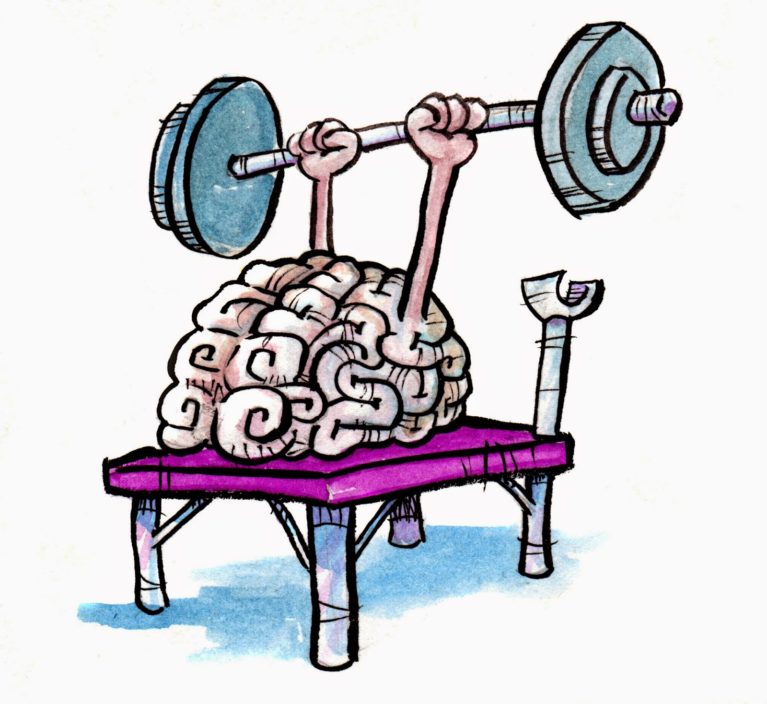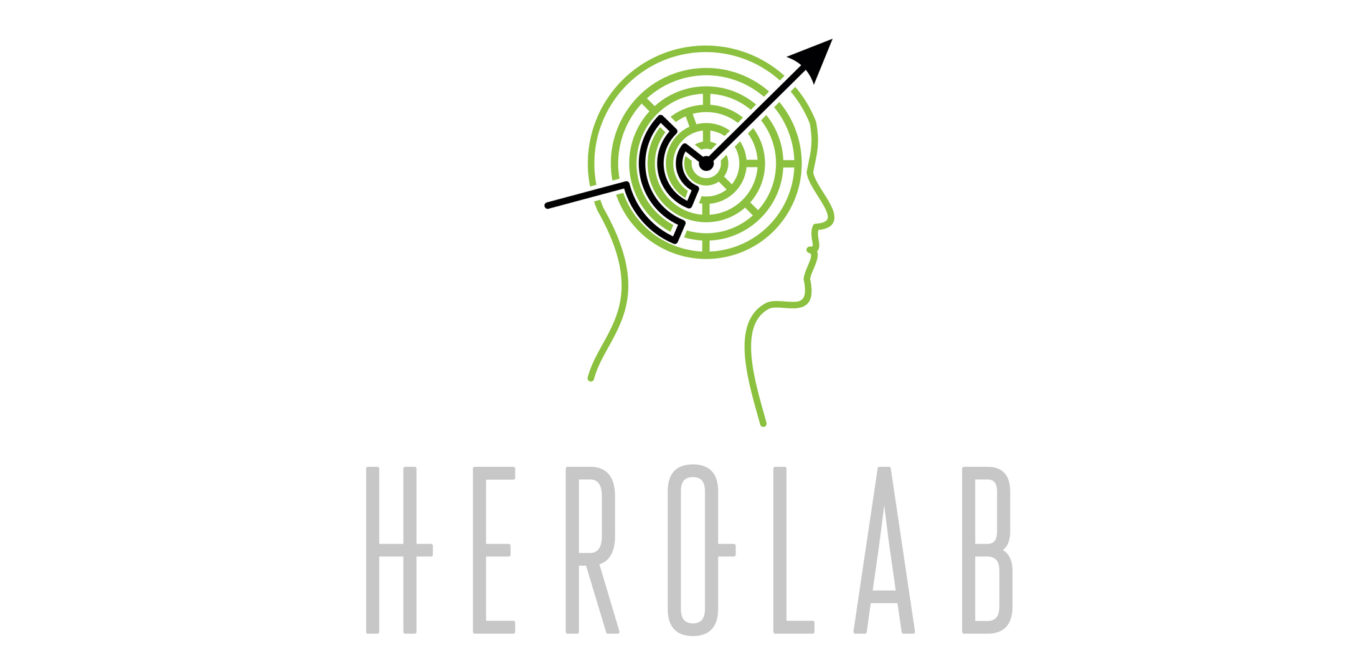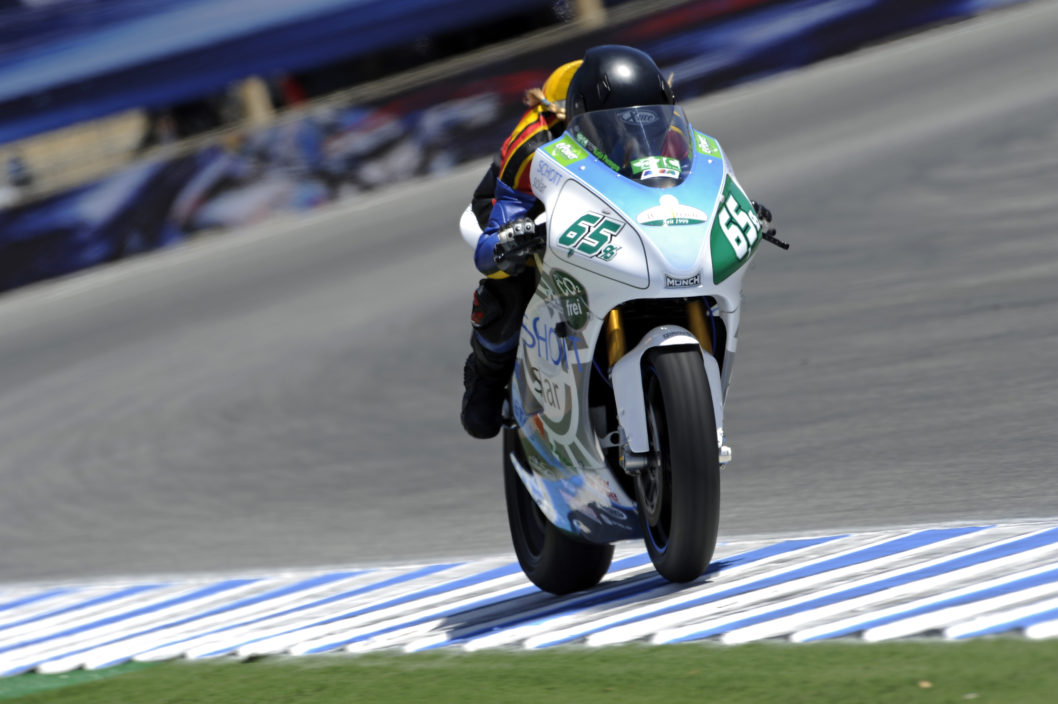First, download your FREE Cognitive Log template here.
Cognitive Logging is a simple method of tracking important aspects of your mental performance for the sake of improving your ability to control your mental focus and ignore distractions when you are under pressure to perform. It is essentially a personal journal or log designed to provide information that is valuable as you work to improve your mental focus and performance in any creative or competitive role. Think of your Cognitive Log (or CLog) is a tool that will help you easily identify and prioritize the stressors, distractions, and worries that negatively impact your focus and your performance in real time. The most prevalent stressors, distractions, and worries that accumulate in your CLog will be processed later by a technique called Stress Cycling (see link) that will ensure that you learn and grow from each stressful or challenging experience. Some of the insights and info you gain through stress processing will then be used to develop the signal and noise database you will maintain for each challenging task. Studying the database will help you anticipate and ignore distractions and, over time, control your focus effortlessly by instinct and trained reflexes. The net result is to is a reduction in your susceptibility to noise, distractions, and stress, and that means much better focus at “showtime”.
It’s all about the data!
The Cognitive Logging process starts with simple log entries called events. Events are identified by the time of occurrence and an activity type which you define. You are free to create activity types that suit your specific role. Activity types might include a presentation, a contest, a performance, a training session, a meeting, a meal, a nap, or even a dinner date. You should make an entry any time you have feelings about how things are going, good or bad. Each entry should include at least a value entered in one or more of the three channels labeled Stress Level, Focus Level, and Performance Level, as well as one or more relevant sentiments or comments you are able to note about the event. Any comments should be made in the column with the appropriate heading, each of which is explained in more detail below.
It should be emphasized that it is not necessary or even preferable to enter data in every single field for every single event. The process of making log entries is designed to be quick and intuitive.
Along with the event log, you will build and maintain a Signal & Noise database. Signals refer to the relevant Focal Targets and associated Focal Modes (see Post) for every activity you routinely perform. After you have created a list of the signals you will want to focus on for any activity you will then periodically update it as you gain experience and improve. You will also build and maintain a list of noises. Noises include all of the distractions that are likely to get your attention without your intent. This list will include anything that causes your focus to drift away from the targets you have chosen. This might include a TV playing in the background, or a loud, unexpected noise from outside. More commonly it will be the sound of your own voice (self talk), warning, criticizing, and making predictions about your fate. All stressors, distractions or worries that you have listed in the entry log should be transferred to this table by activity. As in the case with the signals list, you will update and correct the Noise list as you gain insight and experience. These entries are not date specific. You will maintain a single list of signals and noises for each activity you regularly perform.
Let’s take a look at the data that you will enter into your Event Log. There are scores channels that require a numerical value between 0 and 5. There are also comments channels that require you to make quick categorized, bullet point comments about your feelings and experiences. It is only necessary to enter comments and scores that seem relevant. If you are not logging in real time, make sure that you make entries under the date and time of the event, not the entry.
Use the following guides as a reference for selecting your score values at first, once you have developed a habit you can simply stick to your own intuitive scale.
Keeping Score!
Use the following sections as a reference for selecting a numerical values for each of five channels noted.
STress Level: ST is a subjective assessment for how much pressure and stress you feel resist your progress during the event. You can also think of stress level as the distance between how things are and how you think they ought to be. Use the following scale to establish your ST value for the event.
0 Peaceful – no pressure.
1 Calm – pressure is well under my capacity to respond…no challenge perceived.
2 On Top – things need doing and I can do it! It feels more challenging and entertaining but not scary. I’m in control, it is going smoothly.
3 Pressed – feeling the pressure now. This is a serious challenge and I am sharp, focused, and at the edge but still in control of the situation. Takes focus but can’t do this forever.
4 Nervous – pressure is affecting my focus. Stress is accumulating, feeling overwhelmed.
5 Panicked – stress and pressure are forefront in my mind, I don’t feel in control.
FOcus Level: Your FO value represents the quality and consistency of your focal control skills. If you are stressed out and easily distracted, if your inner critic gets to have the stage whenever it wants, you are going to select a low value. If you are “locked on target” and find your mind clear of distractions and able to bear down effortlessly on the relevant targets, you will select a high value value. Only select the top score (5) if your focus is perfect, automatic, and effortless.
0 Frazzled – no real focus, lots of noise, no ability to restore focus.
1 Weak – awareness of focal cues, distractions, and noise are prevalent.
2 Soft – able to focus but distractions easily interfere. Focal restoration challenging.
3 Clear – focal targets and distractors are easily identified, focal resets are effective.
4 Sharp – focus is locked on, focal resets are automatic.
5 Vivid – focus is vivid, control is effortless, distractions are ignored. Focal resets are not necessary, you are in “The Zone” of flow state.
PerfOrmance Level: Arriving at a PO value is also pretty straight forward. Note that for our purposes, performance is not a report of the outcome or results of any task or challenge. We are not interested in knowing if you won or lost, got an A, or got the contract signed. Performance value is your subjective sense of how well you feel you performed relative to your current capabilities and expectations regardless of the outcome.
0 Disaster – I was a mess, no focus, no confidence.
1 Poor – I struggled and could not get anything done.
2 Mediocre – I worked hard, had some focus that was easily shaken…mediocre results.
3 Good – i completed my assignments and fulfilled expectations. Still work to do and lessons to learn, but fundamentally positive.
4 Excellent – I was great, exceeded what was expected of me, had fun.
5 Beyond – I was In The Zone, I felt unstoppable.
Comment/Sentiment Channels:
Besides these simple values, when possible make a note of any sentiments or feelings that may have distracted or impacted your focus. These experiences can be recorded in as much or as little detail as seems relevant at the time of recording. If you feel the need to make a comment or note that does not seem to fit any of these categories simply enter it in the “other” channel. They are broken into four basic categories.
Note that some sentiments will seem to fit in several of these categories. This part can be daunting at first, but don’t fret. You may note that by our definitions all worries are also stressors and distractions. If you read carefully, you will figure out that not all stressors are worries and that not all distractions are stressors. For starters simply try to put each comment into the category that seems to fit it best. As you use the log it will become clear what goes where.
Distractions: In this case we basically mean anything that got your attention during your performance, that really, should not hvae! Distractions include anything that pulls your attention away from your pre-established Focal Targets (next chapter) at gametime. If you experience more than one distraction for a given journal entry, list them as separate entries with the same time/date. As noted above, worries, stressors, and event elevators are all types of distractions and knowing the differnce will help you later on when it comes time to process them via the Stress Cycling process, (coverend in other articles).
Simple Distractions:
– Red Ferrari drove past while I was talking to my client
– Noticed my coaches nostril hairs are unruly
– I kept hearing a loud air conditioner the whole time
– Noticed my aunt waving in the middle of my heat race
There are other kinds of distractions that involve being distubend by thoughts. These include:
Stressors: Stressors are pressures that directly oppose the progress or result you are trying to achieve. They are different than worries in the sense that they are not projected into the future. Stressors appear to threaten our success in real time.
Examples of Stressors:
– That defenseman has my number
– I am not prepared for this discussion
– I am losing this argument
– It appears to me that I am being lied to
– My boss is being unfair
– I’m not strong or fit enough to keep up
Worries: Worries occur anytime you anticipate a negative outcome or an unfavorable result – you fear its impact on the future. Worries are thoughts and ideas, that may be important, but are not relevant or instructive to the current task. In other words, at “show time” a worry is a distraction and not a relevant Focal Target by definition. Remember, however, for logging purposes worries are more than distractions or even stressors, and so they are categorized separately for reasons that will eventually become very clear.
Examples of Worries
– If I don’t score a goal today, I will not get to play next week
– If I can’t close this deal, I could be miss the promotion
– If the board doesn’t understand my ideas, I won’t get the project
– The coach looked mad after my last shift…what now?
Notes: This is the place you can make comments about your focus, your feelings and your performacne. This is were you record the feelings and behaviors that eleveated your performance. If you were “positive, pumped, stoked, elated” write it down in your notes.
Examples:
– I felt like I made a positive difference for my team this afternoon
– My group leader was clearly pleased during my presentation
– Some of my team members seemed down, I make them laugh and reminded them of their value to the team…made me smile too
– I was super focused….felt sharp and at ease during the game.
Sample Journal Entry – Top Dog, Salesperson, XYZ corporation
Download your free Cognitive Log template here
Entry Log:

Note: In this case, the email and texts are distractors…the ideas (that might be coming through the phone) are stressors or worries or both.
Signal/Noise Database

Goals:
If you arrive at any process oriented goals (see post) that pertain to any given entry, you can list it in the log. These short term goals should be progressively updated as you gain experience.
KISS (Keep it Simple and Succinct)
Only enter values and comments you are fairly clear about. It’s important that the process of making entries is “breezy” and that the input date comes to you easily…don’t force it, soul search for it, or make it up. Whatever comes naturally is the stuff that’s valuable. That being said, more is better from a frequency of entries point of view. Don’t get bogged down to the point where it’s a pain. You will get a lot out of this so be a geek and get into it! The more data points you enter the more accurate and valuable the feedback will become when you harvest your log. It is important at minimum to make entries whenever you perform and any time you experience significant triumphs, failures, stressors, worries, and elevators.
Optional Channels: The CL journal format also allows for you to add more data channels if you wish to be able to track and correlate these along with the core mental skills based data we have outlined above. Athletes, pilots, and other professionals who might be interested in looking into the relationship between their mental performance and their physical performance will find these optional channels particularly informative.
– Heart Rate
– Respiration
– Weight
– Meals / Digestion
– Sleep / Rest
It never hurts to know more about yourself, especially when you take a keen approach and have a well designed plan for adapting and adjusting as you discover new information about what makes you tick…and what makes you perform!
You can, at your discretion, add any other data channels would you like to track or integrate channels from other journaling or data tracking formats.
In order to make the most efficient use of the valuable data you have collected you will need learn about how to develop good Focal Control and Stress Processing skills. We will publish articles on those topics and many more right here on this blog.
Resources:
Download your FREE Cognitive Log template here
Interested in talking to us? Contact Herolab to schedule your seminar, workshop, or private coaching session.



Leave a comment